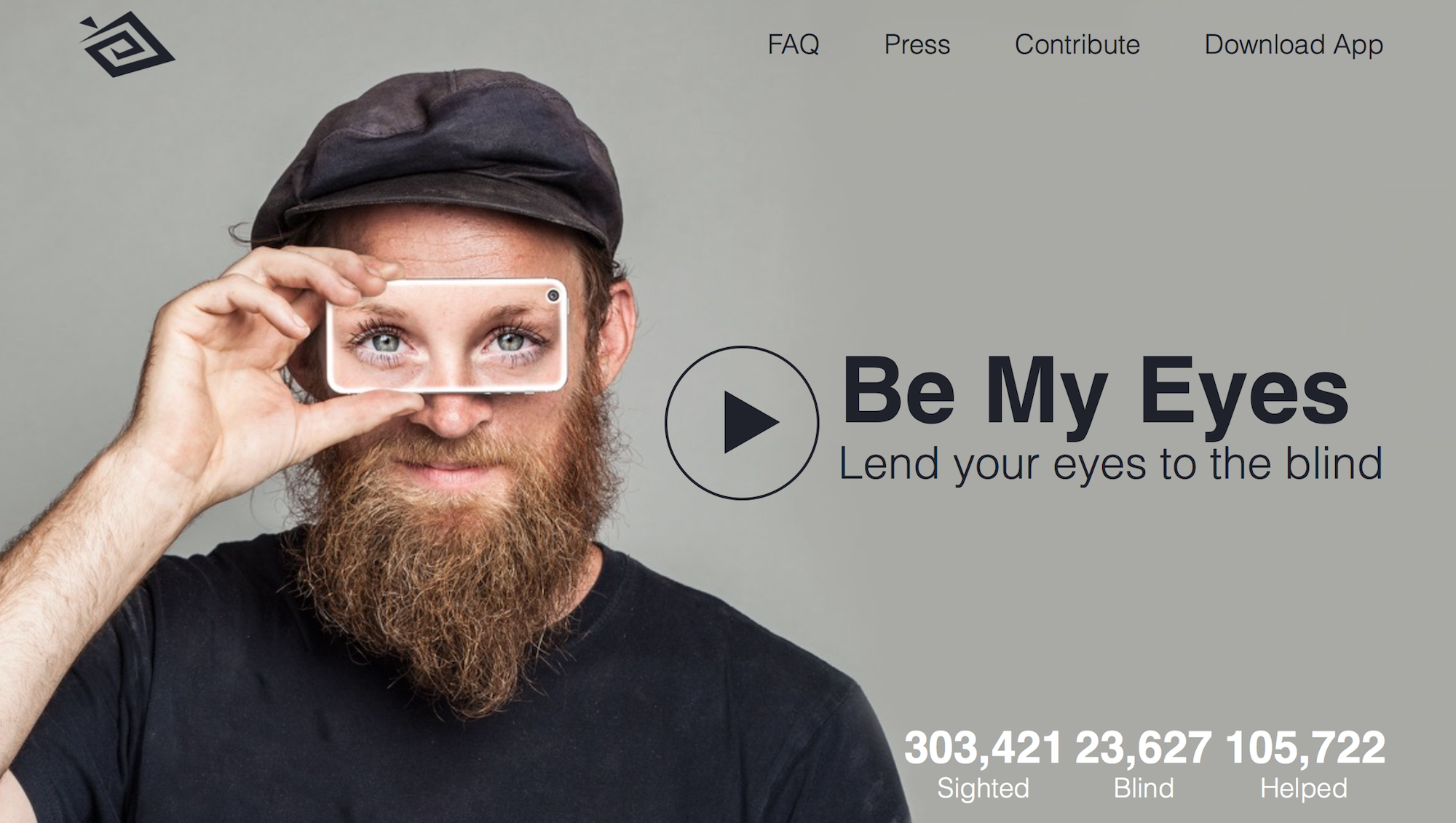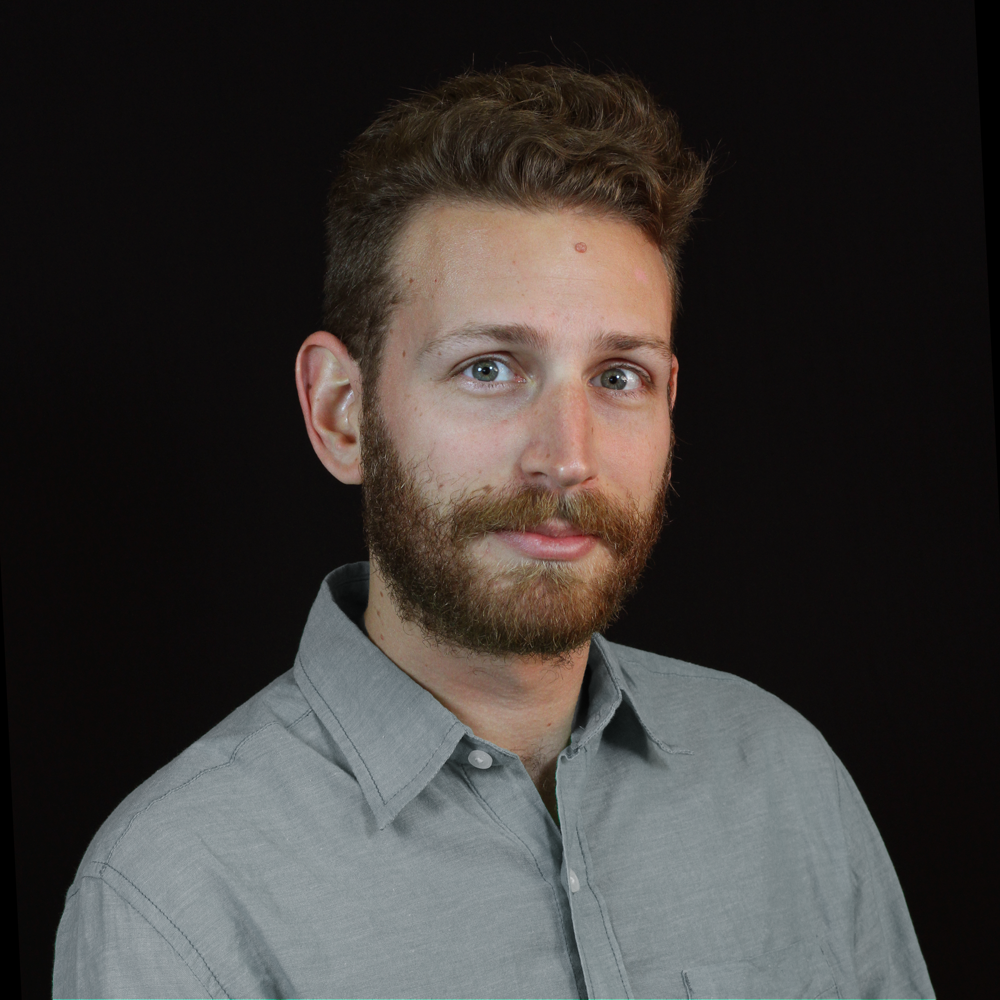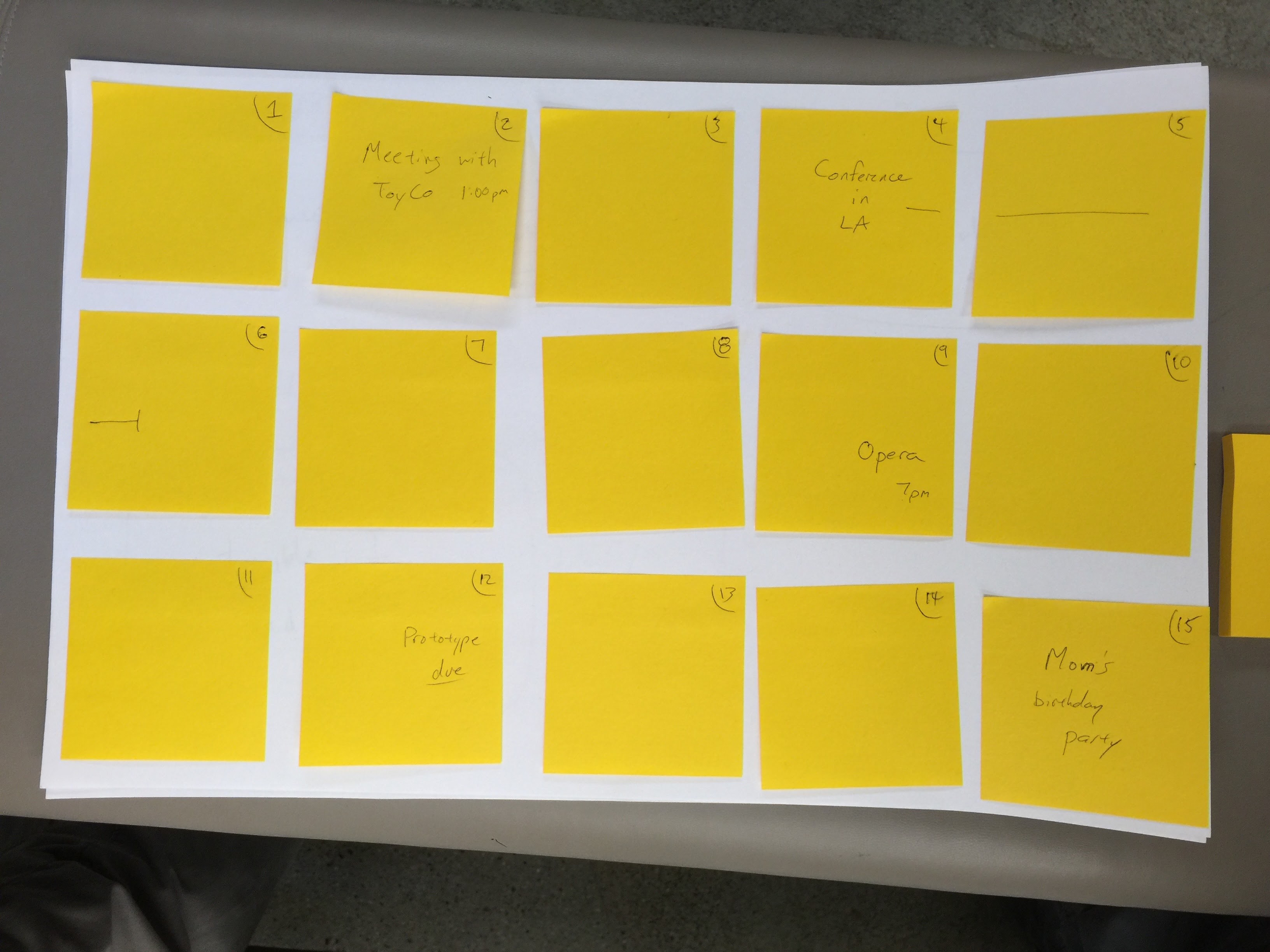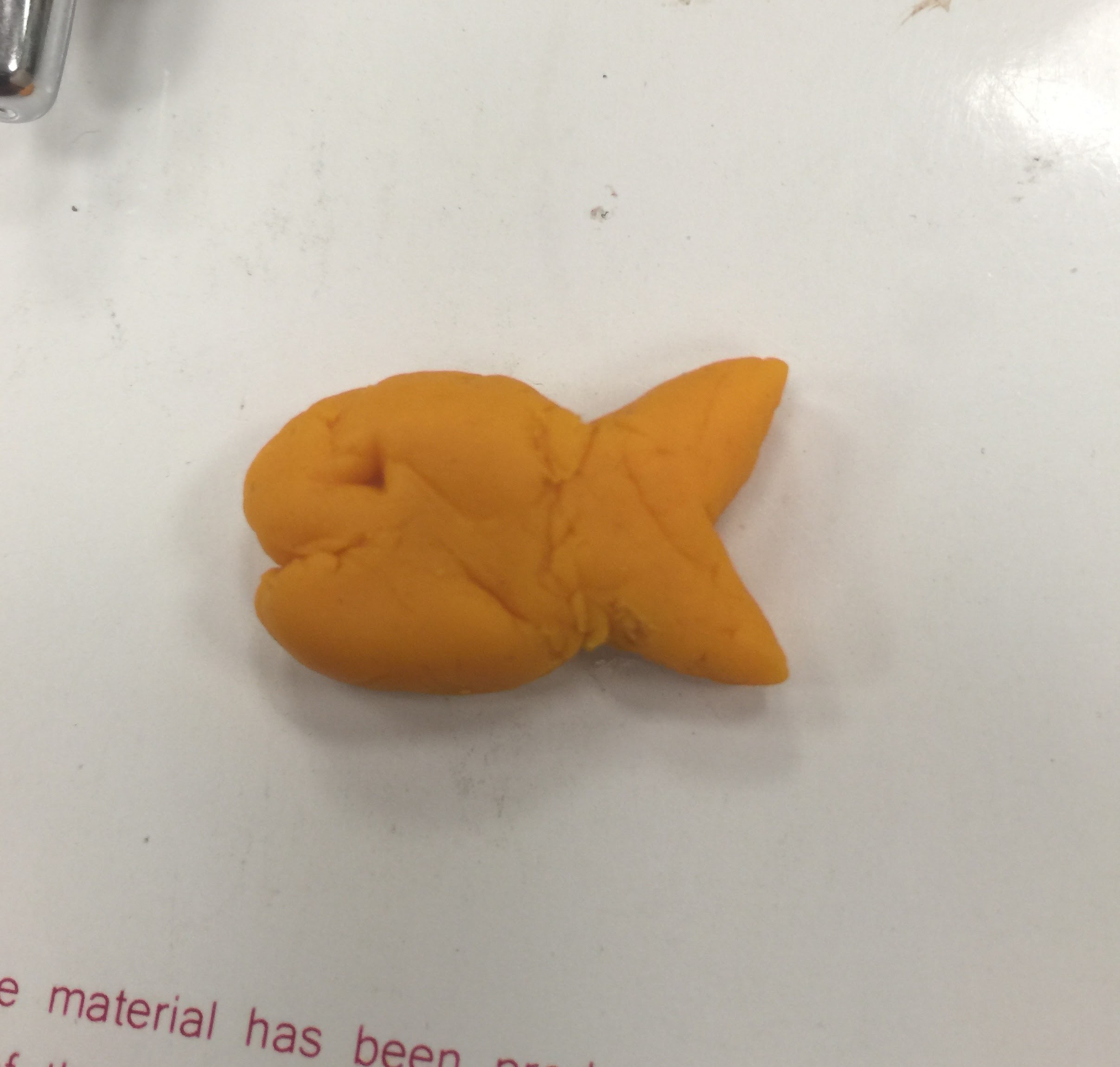
A play on words from the popular TV show 30 Rock – NBC.com “I will be your mentor, and you my manatee”.
Idea that has been brewing after I found the app Be My Eyes…
Why not a Be my Nerd? Be my Mechanic? Be my Stylist?
When you want help, you want it from a person, right then and there – you don’t want to search on Google and sift through thousands of pages, videos and tutorials that do not apply to you.
You want to get an expert on the phone and show them what is going on…
Open the app, choose a problem category and the system will start ringing the experts – once one picks up, your session starts.
Thought the expert was helpful? Donate some money for his time – he will be very thankful – and you’ll be able to call him back if necessary.


















